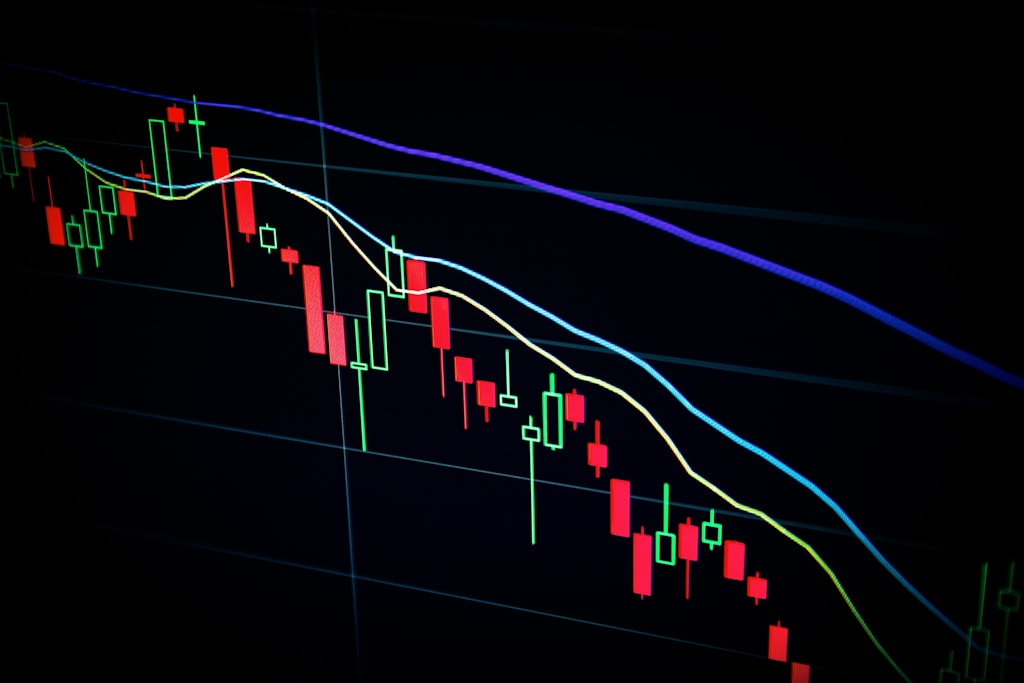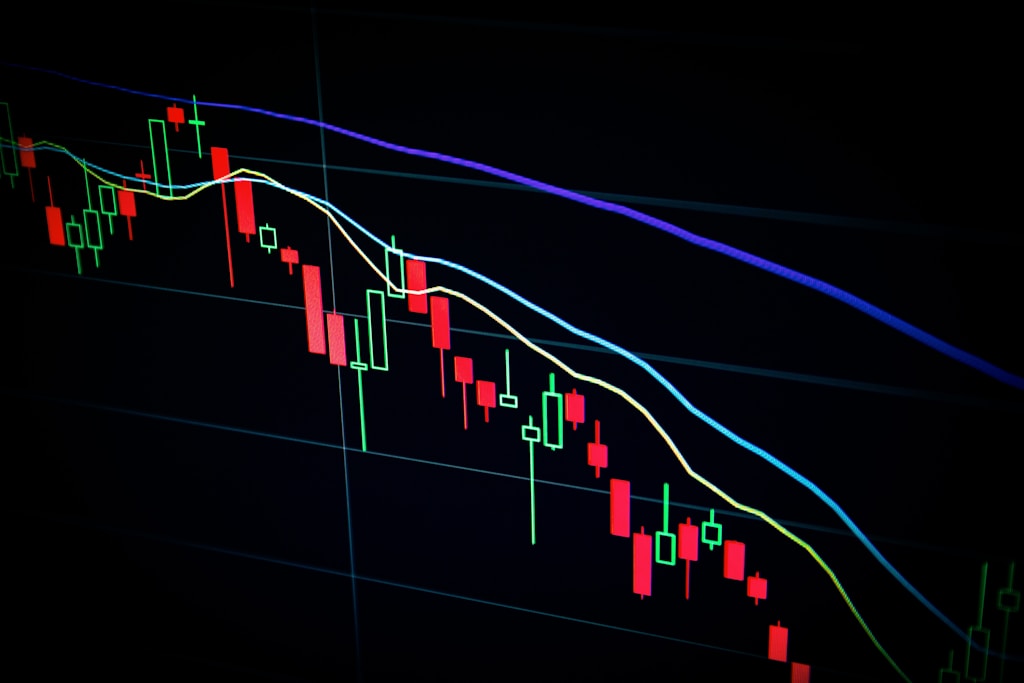Bitcoin’s recent surge to new all-time highs above $110,000 may be showing signs of fragility, according to concerning market data that reveals a significant decline in spot trading volume. This analysis comes as BTC continues testing historical highs amid lagging altcoin performance.
Key Market Indicators Flash Warning Signs
On-chain analyst Darkfost has identified a potentially troubling trend in Bitcoin’s market structure. According to data from Binance, while futures trading activity has seen modest gains since May 5, spot market volume has experienced a notable decline. This divergence between futures and spot markets often precedes increased volatility.
Understanding the Volume Metrics
Two critical metrics are at play:
- Daily Binance Future Trade Volume: Shows increasing short-term speculative activity
- Spot Trading Volume: Indicates declining long-term investor participation
This imbalance suggests that current price action is being driven more by leveraged speculation than genuine spot demand, creating potential instability in the market. As some analysts project ambitious price targets, this underlying weakness demands attention.
Market Impact and Risk Assessment
The current market dynamics present several key risks:
- Increased volatility potential due to leveraged positions
- Reduced support from spot buyers during pullbacks
- Higher likelihood of sharp price corrections
Current Price Action and Outlook
Bitcoin currently trades at $107,770, showing modest 24-hour gains of 0.2%. While the weekly performance remains positive at 4%, the declining spot volume suggests caution is warranted for both short and medium-term positions.
FAQ
Q: Why is spot volume important for Bitcoin’s price stability?
A: Spot volume represents real demand from long-term investors, providing stronger price support than leveraged futures trading.
Q: What could trigger a market correction?
A: A lack of spot buying support combined with overleveraged futures positions could lead to cascading liquidations if price support levels break.
Q: How can traders protect themselves in this environment?
A: Consider reducing leverage, maintaining strict stop losses, and watching for signs of spot volume recovery before taking large positions.






